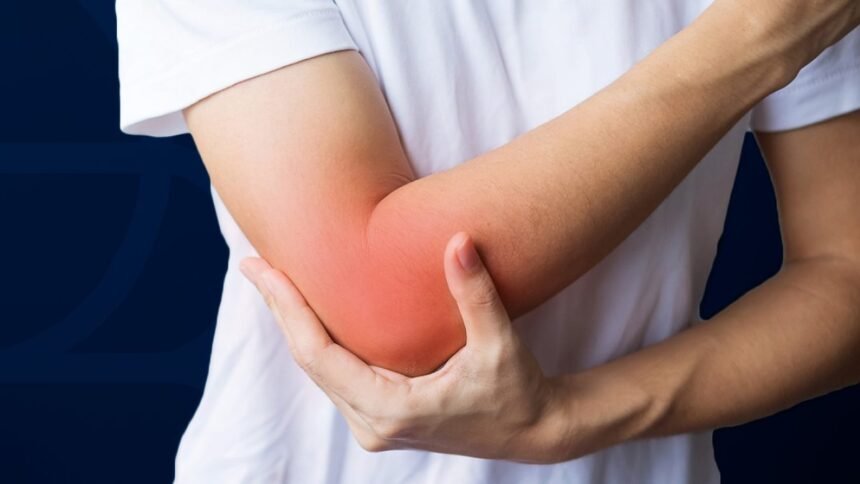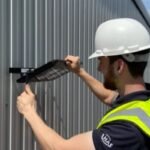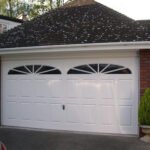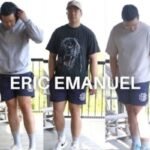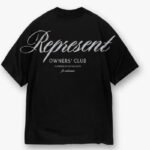Tennis elbow is an uncomfortable disorder that affects the elbow joint and is not just related to racket use. It is brought on by repeated use. Tennis elbow can occur from a variety of situations, such as working in an occupation that frequently strains your elbow (turning a wrench, for example) or spending weekends with gardening equipment. If you are looking for word to treat your Tennis Elbow and want some encouraging tips then search for best treatment for tennis elbow.
The excellent news is that we can treat tennis elbow effectively with a variety of efficient non-surgical methods if you’ve been dealing with severe discomfort but aren’t very excited about having surgery.
Tennis Elbow Treatment at Home
Whenever possible, we at MOSH try to help individuals avoid surgery. One of the ailments that could go better with some simple at-home exercises and behavioural adjustments is tennis elbow. To try to prevent the necessity for surgery, we first recommend the least invasive procedures. These are the treatments we begin with.
(P.R.I.C.E.)
- Protect
- Rest
- Ice
- Compress
- Elevate
Signs Of Elbow Tendonitis
The primary signs and symptoms of elbow tendonitis are pain on the outside of the elbow, which can occasionally be scorching. Elbow stiffness and soreness are also prevalent, and they worsen when one tries to utilize the hand or arm. This occurs in the early afternoon or at night.
Although the pain is normally worse above the elbow, it can also radiate to the upper arm, lower arm, wrist, and hand due to the passage of the tendons, muscles, and nerves via the arm. Some people experience difficulty shaking hands, opening doorknobs, and gripping objects because they do not know how to recognize elbow tendonitis. When elbow tendonitis is the issue, they might believe it is with the hand or wrist.
Ice Packs
When treating painful elbows, ice packs work wonders. Tendonitis stays inflammatory and gets worse if treatment is not received. Applying ice packs to the sore area multiple times a day for 20 minutes at each application is recommended. The ice aids in reducing swelling and permits the tendons to self-heal by cooling. Like muscles, overworked tendons require time to relax and heal.
Wrist Extension Stretch:
Extend your arm straight and bend your wrist back, as though you’re saying “stop,” while keeping your elbows relaxed. It’s acceptable to gently straighten your hand with the opposing hand. After holding the pose for roughly 15 seconds, repeat five times.
In Or Out Of The Courts
The medical term for tennis elbow is lateral epicondylitis, and it is brought on by inflammation of the extensor carpi radials brevis, one of the tendons within your elbow. This tendon, which joins the muscles in your forearm to your elbow, aids in wrist stabilization whenever your arm becomes extended, such as during a racket swing.
This tendon may get microscopic tears from misuse, which can cause pain and inflammation. Usually, all you need to do if you have tennis elbow which is in the beginning phases is take a few weeks off to allow your body to heal these little tears and lessen the inflammation.
Bolstering It
Physical therapy is one of the primary lines of defence against tennis elbow. The complex joint in your elbow depends on a variety of connective tissues to provide stability and flexibility in your motion. Because of this, you must concentrate on healthy regions to make up for lost time and offer protection when there is an issue in one place.
That’s exactly what physical therapy helps you achieve. Together with the medical experts, your therapist will design a customized set of strengthening and stretching exercises that not only coincide with your connective tissues in the elbow and the wrist but also support them, providing relief for the affected tendon. This set of exercises is not hard to perform but requires devotion and you have to discipline yourself by performing your at-home tasks.
Wrist Turn:
With the palm pointing up, bend the elbow at an appropriate angle. Gradually turn the instrument over so that the palm faces downward. Try to perform ten repetitions while holding this posture for five seconds.
Anti-Inflammatory Drugs
Anti-inflammatory drugs, which are called pain relievers, can be taken by patients to cut off painful feelings. TENS doesn’t solve the issue, but it helps necessary pain sufferers keep up with their daily activities. It is a must to take medicines on time as a physician has instructed. They do include not a permanent solution, particularly if the recurrent behaviour does not stop. They are a stopgap measure for a chronic issue.
PT, Or Physical Therapy
The next level in the management of ongoing elbow pain is physical therapy. In this session, you’re going to study the physical therapist’s specialized exercises, which will strengthen the muscles in your elbow and forearm.
The injection of platelet-rich plasma (PRP).
The purpose of this is to encourage healing by putting in countless platelets which were removed from the patient’s blood directly into the injured elbow. Research has indicated that individuals who did not see sufficient healing with conventional non-surgical therapies for tennis elbow (such as simple at-home cures) had a 50–70% success rate.
Final Words
Eighty per cent of instances of tennis elbow resolve by themselves without medical assistance. Experts will consider all of your treatment choices before selecting the course of action that is best for you. Their top priority is your health, and every expert will do everything in their power to aid in a non-surgical recovery.


